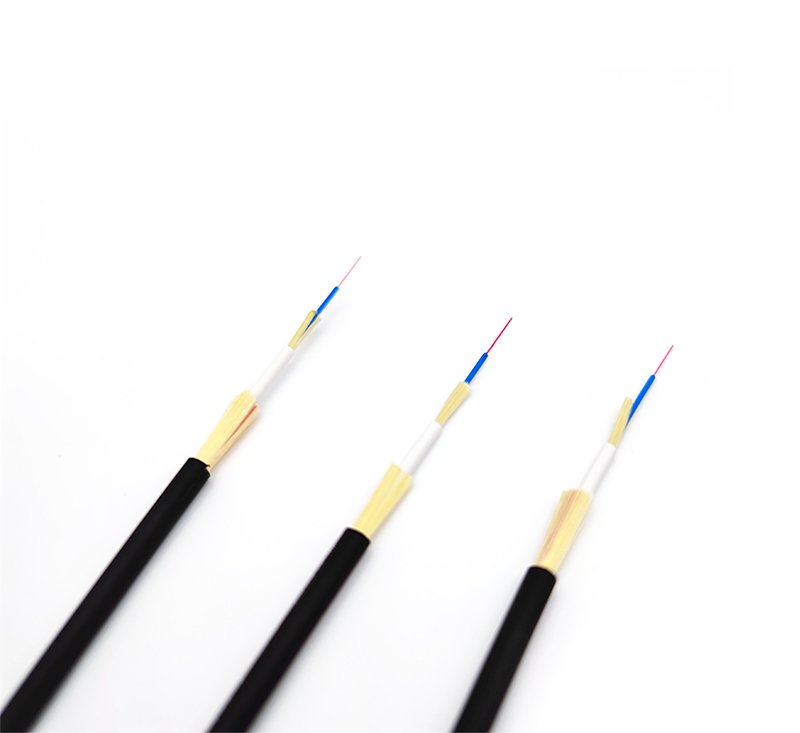1. According to the transmission mode of light in the fiber, it can be divided into: single-mode fiber and multi-mode fiber
1. um=1 micron=0.001 mm
The core diameter of the multimode fiber is 50~62.5μm, the outer diameter of the cladding is 125μm, and the core diameter of the single-mode fiber is 8.3μm, and the outer diameter of the cladding is 125μm. The working wavelengths of the optical fibers are 0.85 μm for short wavelengths, 1.31 μm and 1.55 μm for long wavelengths. The fiber loss generally decreases with the wavelength, the loss of 0.85μm is 2.5dB/km, and the loss of 1.31μm is
0.35dB/km, the loss of 1.55μm is 0.20dB/km, which is the lowest loss of optical fiber, and the loss of wavelength above 1.65μm tends to increase. Due to the absorption effect of OHˉ, there are loss peaks in the range of 0.90~1.30μm and 1.34~1.52μm, and these two ranges are not fully utilized. Since the 1980s, single-mode fibers have tended to be used, and the long wavelength of 1.31 μm has been used first.
2. Multimode fiber
Multi-mode fiber: The central glass core is thicker (50 or 62.5 μm), which can transmit light in multiple modes. But its intermodal dispersion is large, which limits the frequency of transmitting digital signals, and it will be more serious with the increase of distance. For example: 600MB/KM fiber has only 300MB bandwidth at 2KM. Therefore, the distance of multimode fiber transmission is relatively short, generally only a few kilometers.
3. Single-mode fiber
Single mode fiber (Single Mode Fiber): The central glass core is very thin (the core diameter is generally 9 or 10 μm), and only one mode of light can be transmitted. Therefore, its intermodal dispersion is very small, which is suitable for long-distance communication, but there are also material dispersion and waveguide dispersion, so the single-mode fiber has higher requirements on the spectral width and stability of the light source, that is, the spectral width should be narrow and stable. Be good. Later, it was found that at the wavelength of 1.31 μm, the material dispersion and the waveguide dispersion of the single-mode fiber are positive and negative, and the magnitudes are exactly the same. This means that at a wavelength of 1.31 μm, the total dispersion of a single-mode fiber is zero. From the loss characteristics of the fiber, 1.31μm is just a low-loss window of the fiber. In this way, the 1.31μm wavelength region has become an ideal working window for optical fiber communication, and it is also the main working band of practical optical fiber communication systems. The main parameters of 1.31μm conventional single-mode fiber are determined by the International Telecommunication Union ITU-T in the G652 recommendation, so this fiber is also called G652 fiber.

Are single-mode and multi-mode technologies produced at the same time? Is it true that which is more advanced and multi-mode is more advanced? Generally, multi-mode is used for short distances, and only single-mode is used for far distances, because the transmission and reception of multi-mode fibers The device is much cheaper than the single mode.
Single-mode fiber is used for long-distance transmission, and multi-mode fiber is used for indoor data transmission. Only single-mode can be used for long-distance, but multi-mode is not necessarily used for indoor data transmission.
Whether the optical fibers used in servers and storage devices are single-mode or multi-mode, most of them use multi-mode, because I am not very clear about this issue because I only engage in communication optical fibers.










